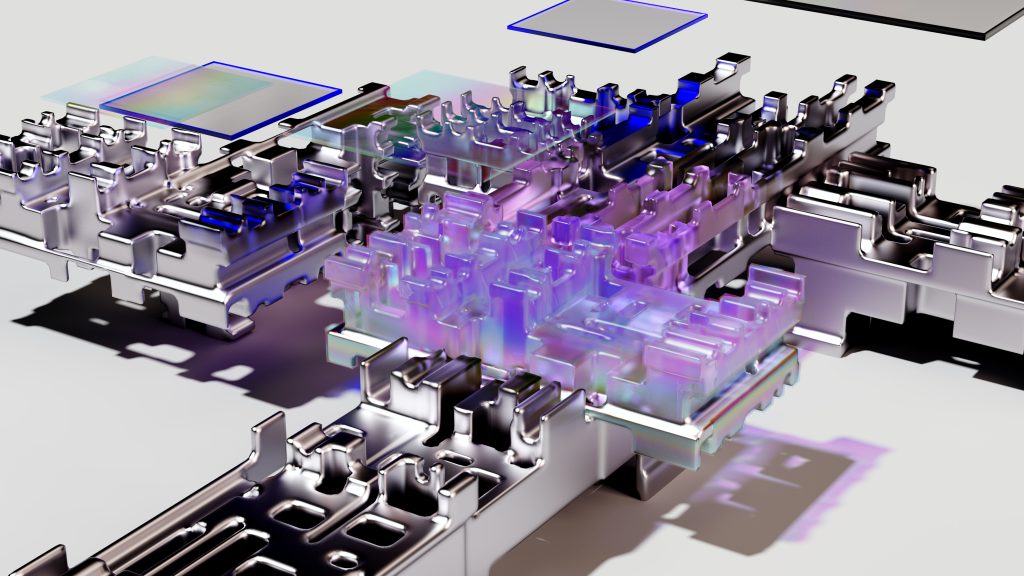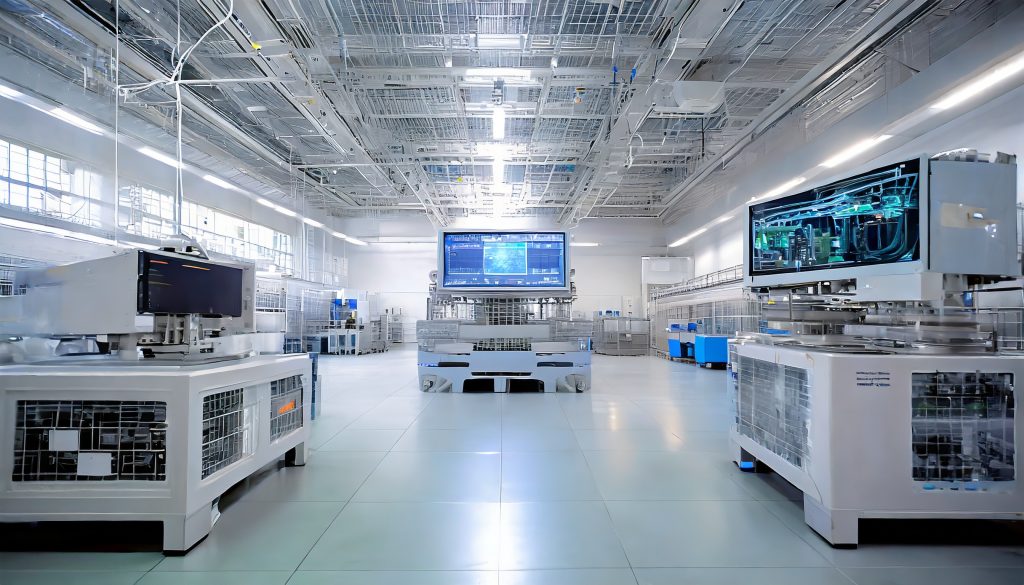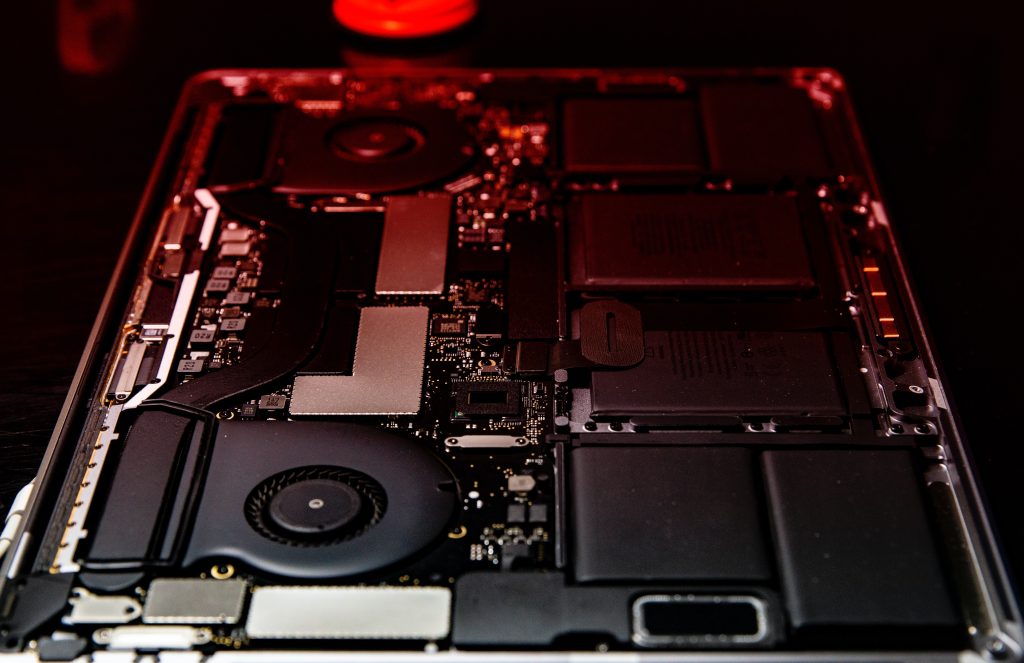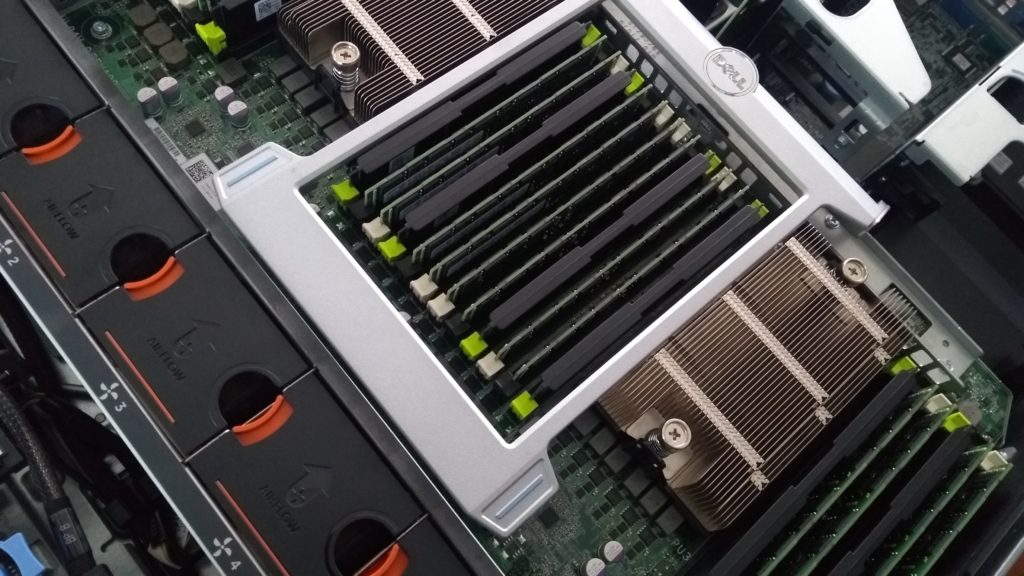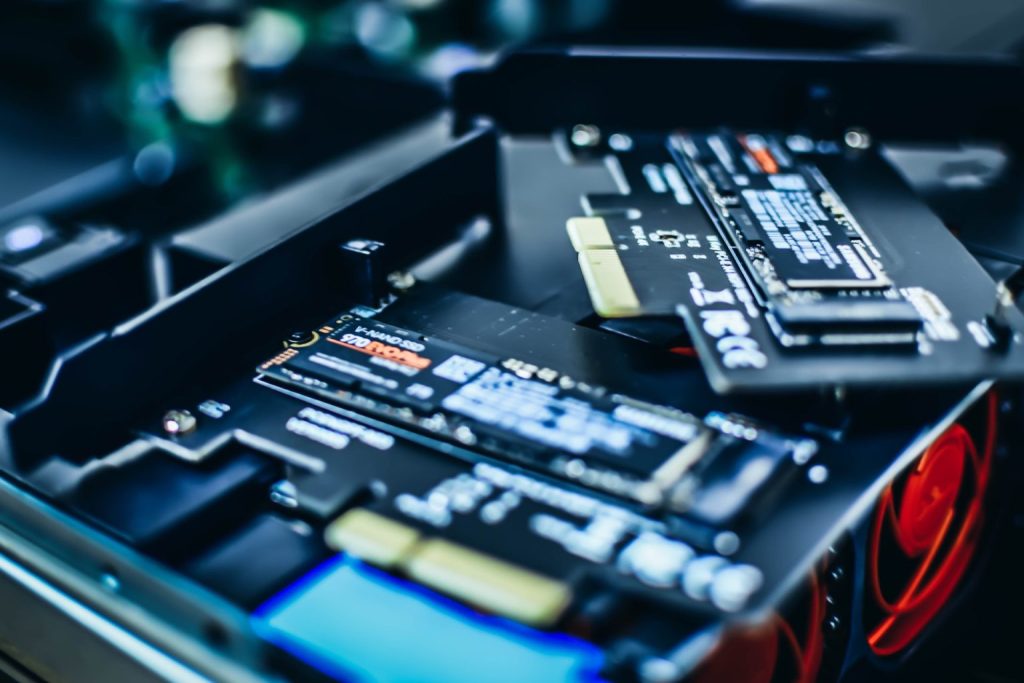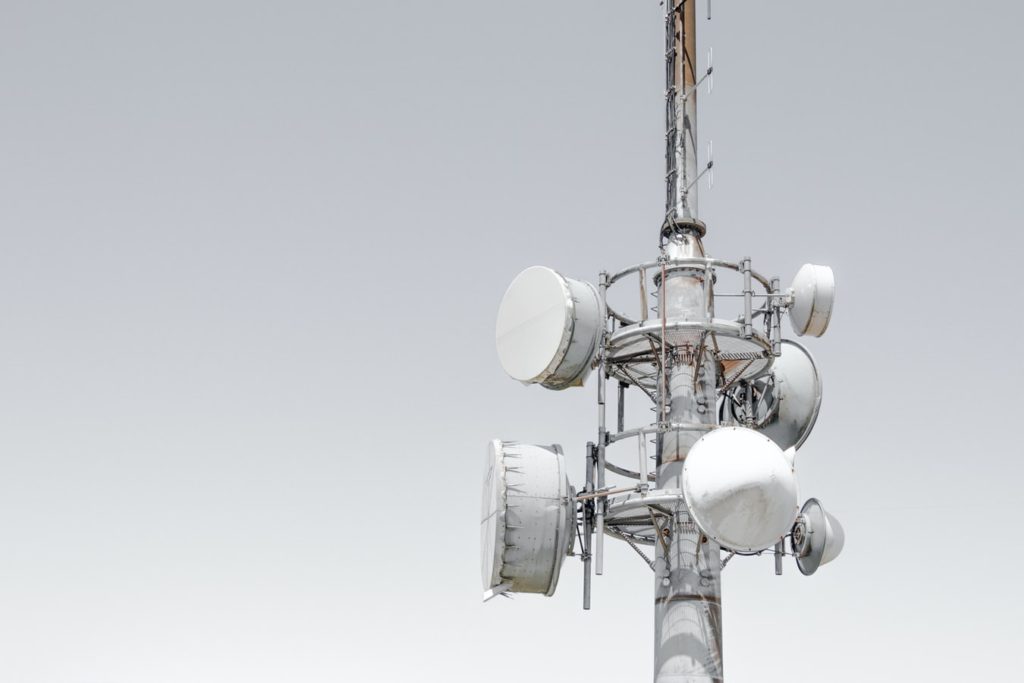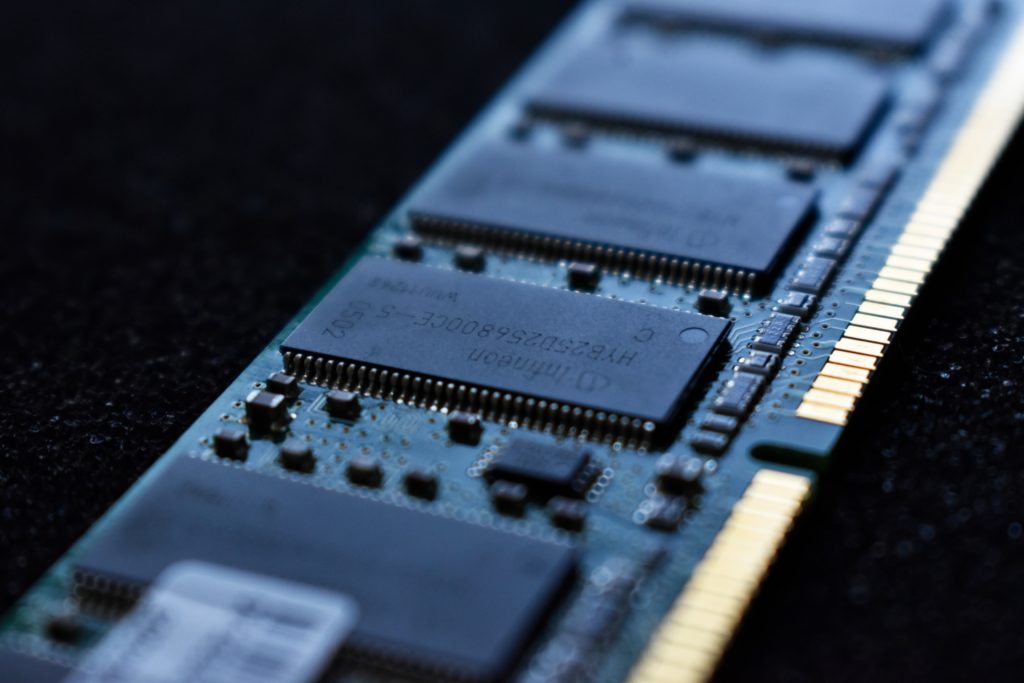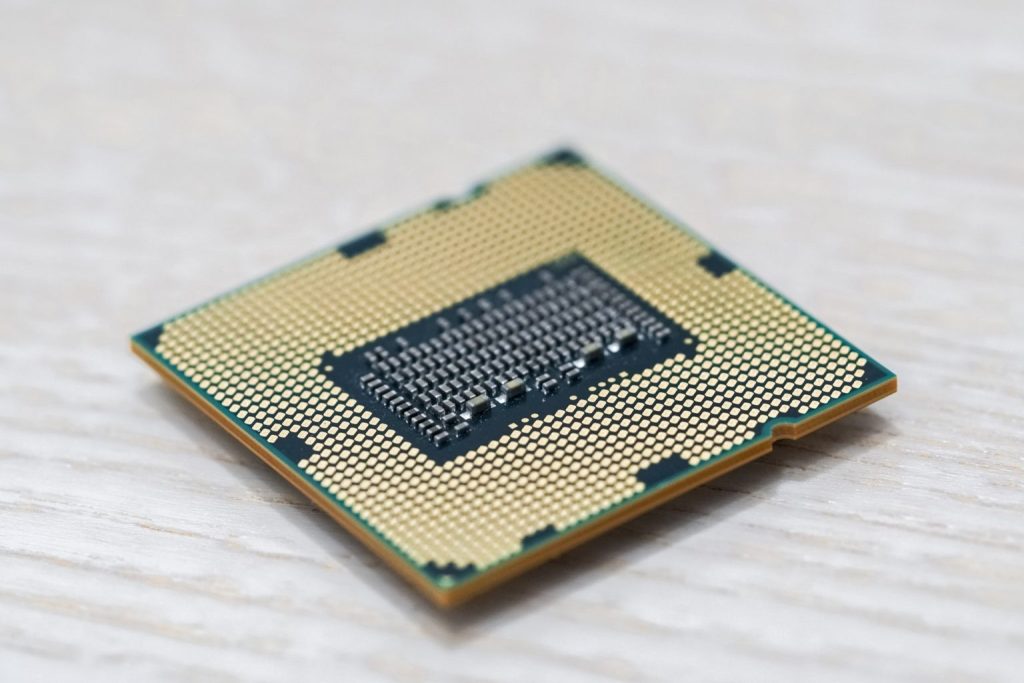System-On-A-Chip (SoC) has been in the market for decades. The core-level features have provided the much-needed processing capabilities to drive data-driven applications.
However, the capabilities provided by the underlying architecture of SoC are not suitable for applications that are always crunching and training the data. For such applications, a faster processing capability is a must. Which the traditional SoCs are not capable of providing.
Speed: AIUs Are Very Good At Throughput-Oriented Tasks.
Training: Faster Processing Enables Speedy Training Of Big Data Set.
It is where a new set of computer architecture comes into play. These are Artificial Intelligence Units (AIUs), which cater to the training demand of new-age applications. Given the purpose of AIUs is data throughput, the inference and training part of the data engineering is highly efficient compared to the traditional CPUs.
The core reason for such high efficiency of training is math operations. AIUs can provide the required architecture and memory organization that makes the math operation near-bottleneck-free compared to any other processing unit.

AIUs architectures can reduce the time to train a data set drastically. At the same time, the power requirement (at the gain of performance) makes them inefficient. This efficiency is due to the power and cooling needs.
Not just AIUs, the widely used GPUs (for data training) face this issue. So far, the semiconductor industry has not been able to derive a long-term solution to ensure that complex architectures like GPUs and AIUs are low-power while not compromising performance.
Efficiency: AIUs Are Not Highly Efficient And Suffer From Lower PPW.
Cost: Custom Development And Use Cases Make AIUs Highly Costly.
AIUs are for highly specialized and specific tasks. Thus, the use case of AIUs is very niche and not a mass-market solution. The impact of such use cases is on the cost. It also raises questions on how long AIUs can be relevant if the use cases are limited.
Nevertheless, the semiconductor industry cannot rely on traditional cores to process adaptive applications. Thus, developing solutions like AIUs is the correct course of action, and now it is up to the computing industry to make the most of such solutions.
